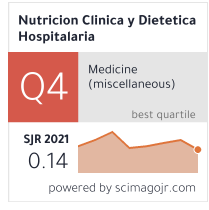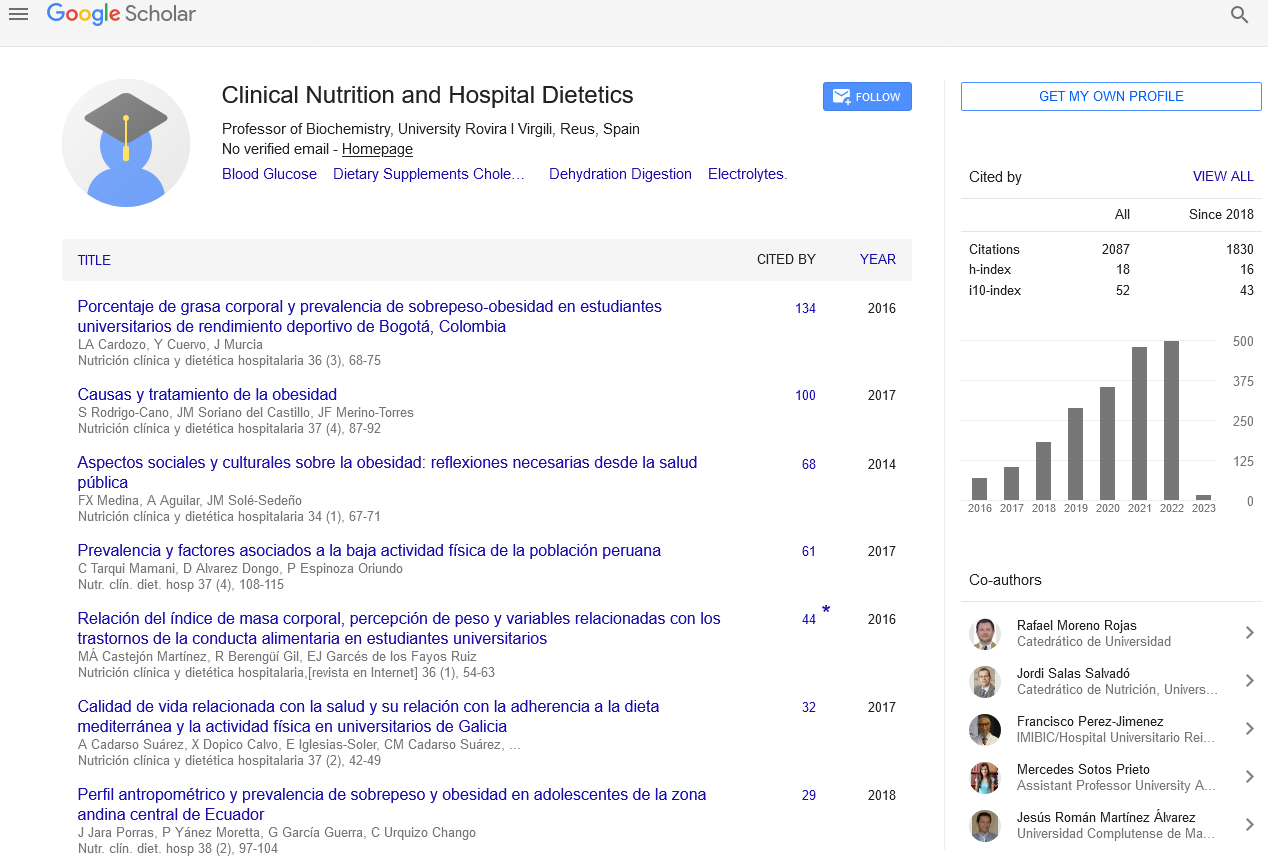Abstract
Food patterns, lifestyles and body composition of students admitted to the university
Author(s): Yaguachi Alarcón, Ruth Adriana1,2; Reyes Lopez, Mariela Felisa1; González Narvaez, Mariela Alexandra1; Poveda Loor, Carlos Luis1,2
Introduction: When an individual enters higher education, it faces several changes that can influence the modification of his lifestyle and affect both his nutritional and health status.
Objective: Determine the eating patterns, lifestyles and body composition that characterize the students admitted to the University.
Materials and methods: A descriptive, cross-sectional study was carried out. It included 5,358 students admitted to the Escuela Superior Politécnica del Litoral between 2014 and 2019. Eating patterns were identified through a validated food consumption frequency survey. In order to know the lifestyle, inquiries were made about physical activity, alcohol consumption and tobacco. Finally, body composition was established through anthropometric parameters such as weight, height, waist circumference, and indicators such as body mass index and percentage of body fat.
Results: The sample consisted of 3,081 men and 2,277 women, representing 57.5% and 42.5%, respectively. The age ranged from 16 to 33 years. The eating patterns of the investigated was characterized by a recommended consumption of cereals (52.6%), meats (52.8%). On the other hand, fast foods (60.5%) and soft drinks (72.2%) are consumed less frequently. Finally, dairy (73.1%), vegetables (70.6%) and fruit (76.3%) are consumed in insufficient quantities.
In lifestyle, it was established that the highest percentage of those investigated did not consume alcoholic beverages (61.3%) or smoke (93.8%) and did light physical activity (83.3%). Both BMI and percentage of fat were within normal ranges.
Conclusions: The levels of overweight and obesity in the study population are lower than those reported at the Ecuador level between the ages of 20 to 29 years of age, and their prevalence may increase in years after admission to university.
Google Scholar citation report
Citations : 2439
Clinical Nutrition and Hospital Dietetics received 2439 citations as per google scholar report
Indexed In
- Google Scholar
- Open J Gate
- Genamics JournalSeek
- Academic Keys
- JournalTOCs
- ResearchBible
- SCOPUS
- Ulrich's Periodicals Directory
- Access to Global Online Research in Agriculture (AGORA)
- Electronic Journals Library
- RefSeek
- Hamdard University
- EBSCO A-Z
- OCLC- WorldCat
- SWB online catalog
- Virtual Library of Biology (vifabio)
- Publons
- MIAR
- Geneva Foundation for Medical Education and Research
- Euro Pub
- Web of Science
Journal Highlights
- Blood Glucose
- Dietary Supplements
- Cholesterol, Dehydration
- Digestion
- Electrolytes
- Clinical Nutrition Studies
- energy balance
- Diet quality
- Clinical Nutrition and Hospital Dietetics




